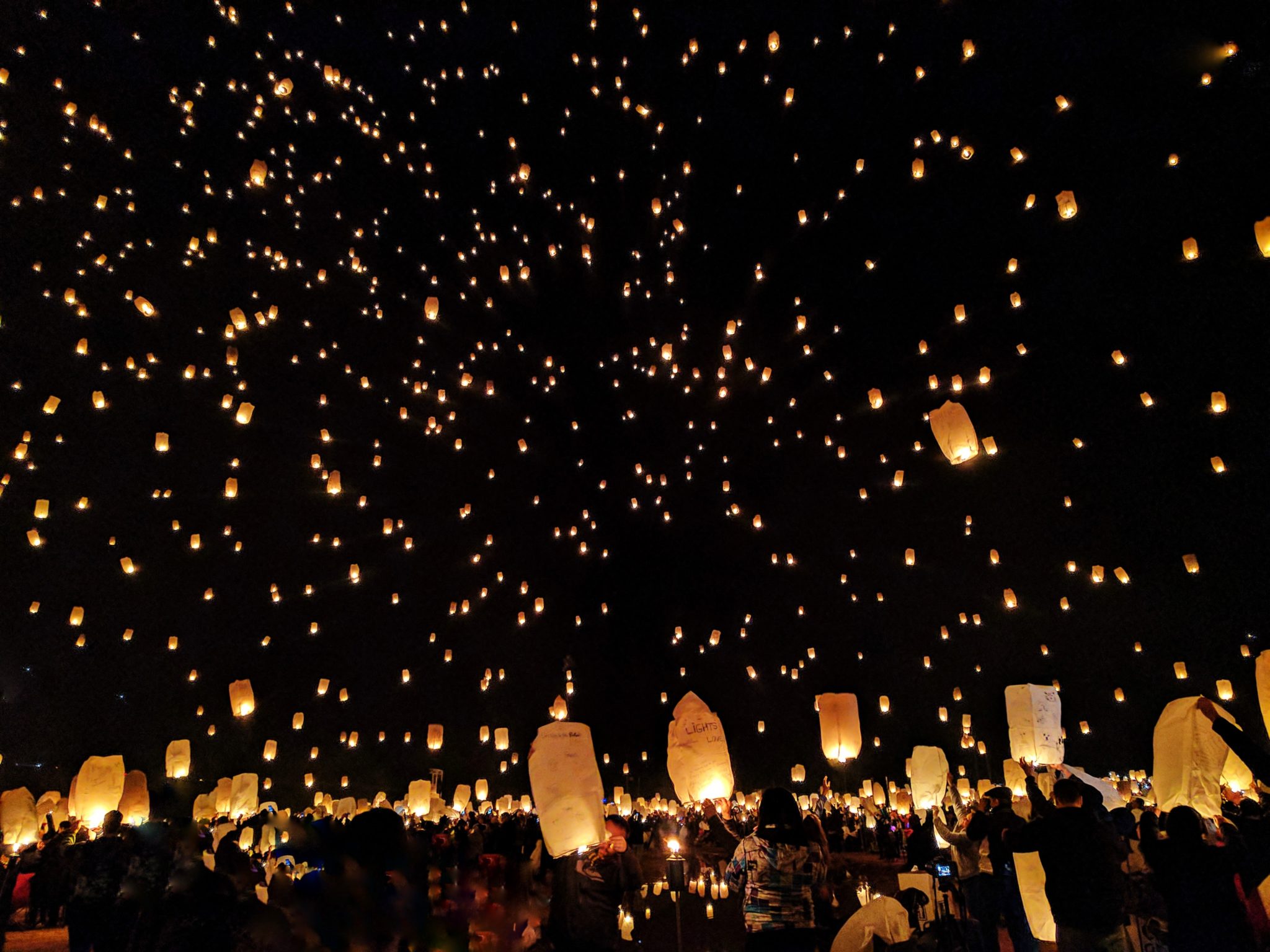Shining lights: A symbol of hope and healing across religions
Denis Lynch, chaplain at HopeHealth, reflects on hope as seen in the universal symbols and celebrations of light that mark the darkest time of the year.
As we approach the year’s shortest day on December 21, we are all too aware of the decreasing daylight hours and long cold nights. Light and warmth become daily concerns.
Even in modern times, a candle still represents safety, warmth and hope. We use candles and other symbols to represent our belief in the eternal nature of love that can never be extinguished.
The power of these symbols is very evident here at HopeHealth through our December Light Up a Life remembrance services. People come together united by common experiences of love, loss, hope and healing.
Indeed, light is a powerful symbol in many faith traditions.
 In autumn, people of the Hindu faith (along with some Sikhs, Jains and Buddhists) celebrated Diwali, the great festival of lights. These celebrations feature bright lanterns that serve as symbols of wisdom and the triumph of good over evil.
In autumn, people of the Hindu faith (along with some Sikhs, Jains and Buddhists) celebrated Diwali, the great festival of lights. These celebrations feature bright lanterns that serve as symbols of wisdom and the triumph of good over evil.- In December, the Jewish community began their eight-day festival of lights, Hanukkah.
- Meanwhile, Christians have begun the Advent season with its weekly themes of hope, joy and love leading up to the feast of Christmas. We see homes decorated with candles, outside illuminations and twinkling Christmas trees.
Winter days grow shorter, but these symbols of light—fire from the Diwali lantern, candles on the menorah and Advent wreathes, tiny lights that adorn Christmas trees—offer us comfort and strength.
They are a reminder of the heart’s capacity to overcome darkness and an assurance of brighter days to come. Even in darkness, love can triumph and we can always find light, life and hope.

